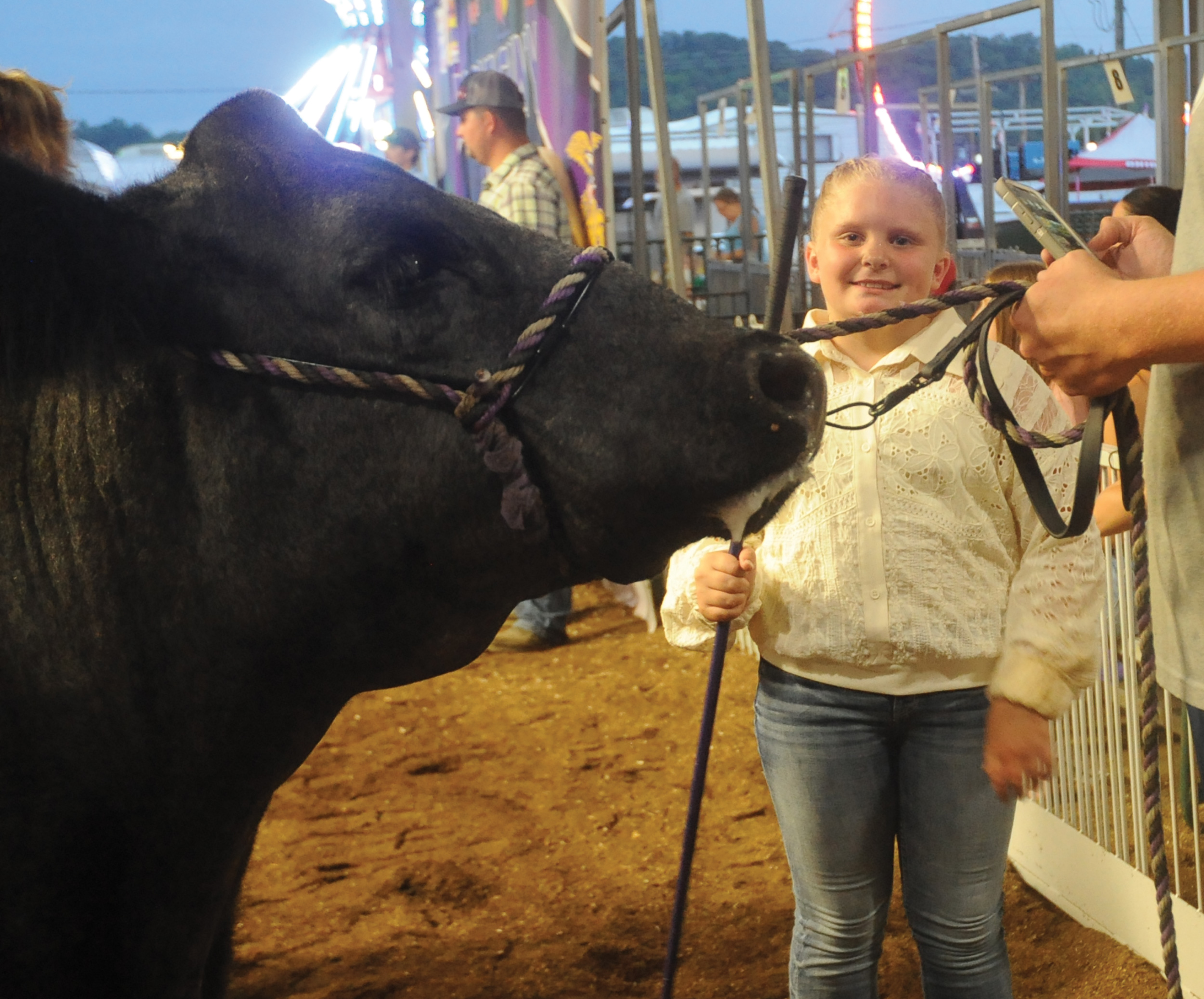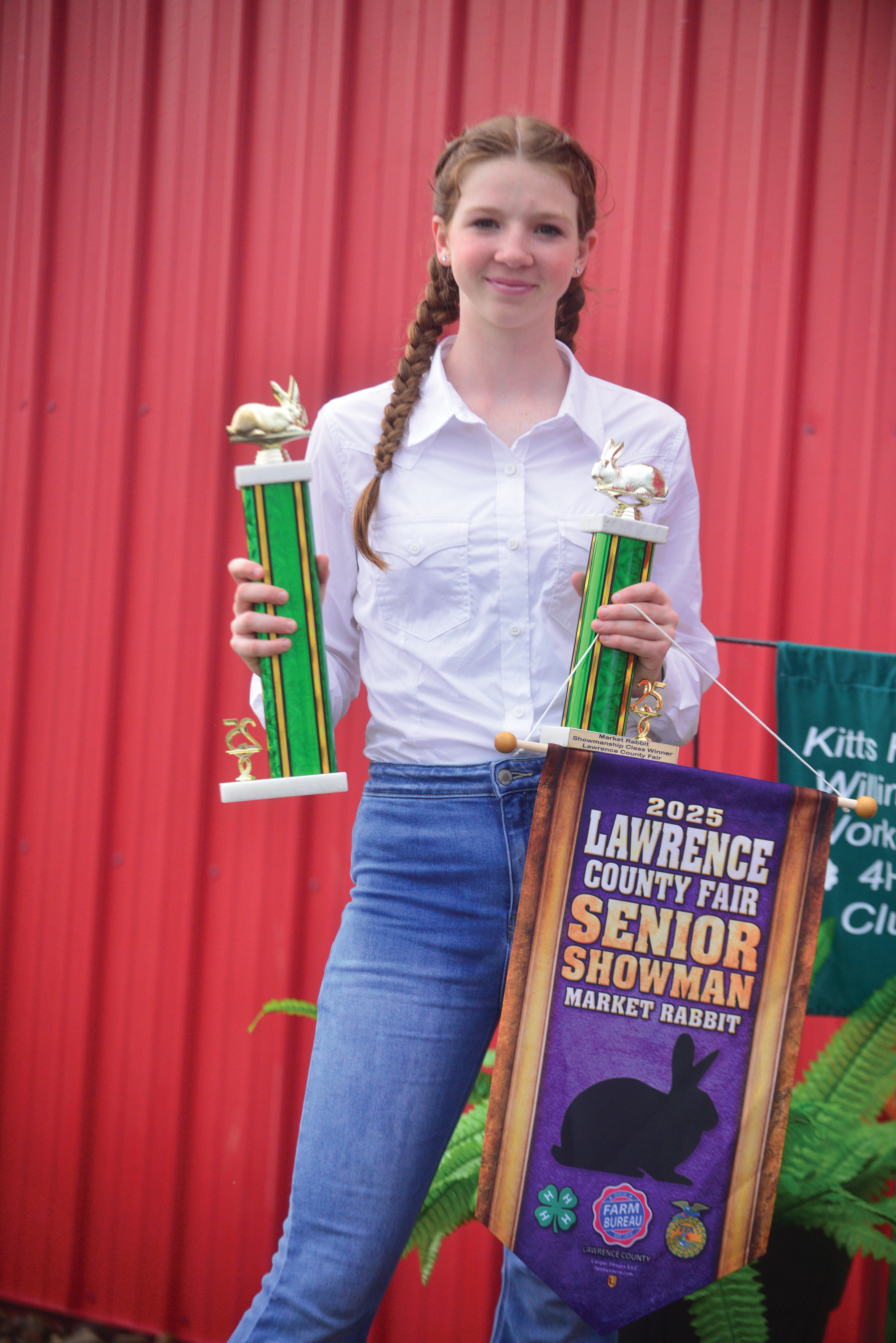Woman injured by feral pig points to elusive problem
Published 12:00 am Sunday, December 18, 2011
On Dec. 8, an Upper Township woman was attacked by a feral hog. In spite of being kicked by her husband and hit several times by the woman as she was being attacked, it took two shots from a sheriff’s deputy’s revolver to end the attack.
“The animal attempted to approach the couple again and then turned and tried to run toward me,” Sgt. Randy Goodall with the Lawrence County Sheriff’s Office said in his statement. “I fired an additional shot into the animal, killing it as it rolled down the hill.”
The woman was left with injuries to one leg and hand that required medical treatment at a local hospital.
Trending
Wildlife officials say they don’t know how many feral pigs are in Ohio but they know these animals do exist. Feral pigs migrate like any other wild animal, making it difficult to determine how many animals are in what place. And experts in wildlife and forestry management hope to put what is considered a nuisance animal out of existence as quickly as possible.
Where the boars are
It isn’t just a Lawrence County problem. Wild boars have been reported in more than 20 counties from Athens and Washington counties in southeast Ohio to Defiance and Williams counties in northwest Ohio, according to the Ohio Department of Natural Resources, Division of Wildlife website.
The Ohio Department of Natural Resources Lawrence County Wildlife Officer, Darrin Abbott, said the issue of feral hogs is “definitely a concern.” Feral hogs are not native to Ohio. Non-native species, be they plant or animal, usually are not welcome among environmentalists and wildlife officials who must consider how these non-native plants and animals will affect native species.
Connie Masek, support services specialist for the Wayne National Forest, said right now feral pigs are not an issue in the Ironton district but were approximately a year ago.
Trending
“We had someone from the Division of Wildlife come and give us a report,” Masek said. “They (the hogs) were tearing up and destroying large chunks of land. They root, dig in the soil and they can tear down small trees,” Masek said.
While the animals were destructive to plants she did not know of any of them attacking people.
It is unclear how Ohio wound up with a non-native species rooting through its woodlands in the first place.
Were the feral hogs the result of farm animals accidentally released into the wild or was this intentional?
Abbott said one concern for introducing pigs into the wild is that they can breed year round and produce one to seven offspring in a litter. Therefore one male and one female pig can, producing litter after litter, produce a population problem within a few years.
One of the problems with letting pigs run wild, regardless of the intention, is that they tend to revert to non-domesticated status very quickly.
Hunting for ham hocks
Abbott said Ohio has an open season on wild hogs; they can be hunted all year round, day or night.
“We do know they’re here and this is something people want to hunt,” Abbott said.
State wildlife officials encourage hunters to hunt boars. In fact, the wildlife website even gives hunting tips.
“Wild boars feed most heavily at dawn and dusk, spending their days resting in dense vegetation or wallowing in mud holes,” the website said. “These nuisance animals may be legally harvested year-round by hunters with a valid Ohio hunting license or by landowners on their own property. During the deer gun and the statewide muzzleloader seasons, a valid Ohio deer permit is also required and hunters should use only the firearm legal for the season.”
There is even information about what to do once your hunting trip is successful.
“Wild boar meat is reportedly excellent to eat. As with any game, proper field dressing and thorough cooking are always recommended. Experts recommend cooking all types of meat to 155-165 degrees Fahrenheit to kill disease organisms and parasites.”





